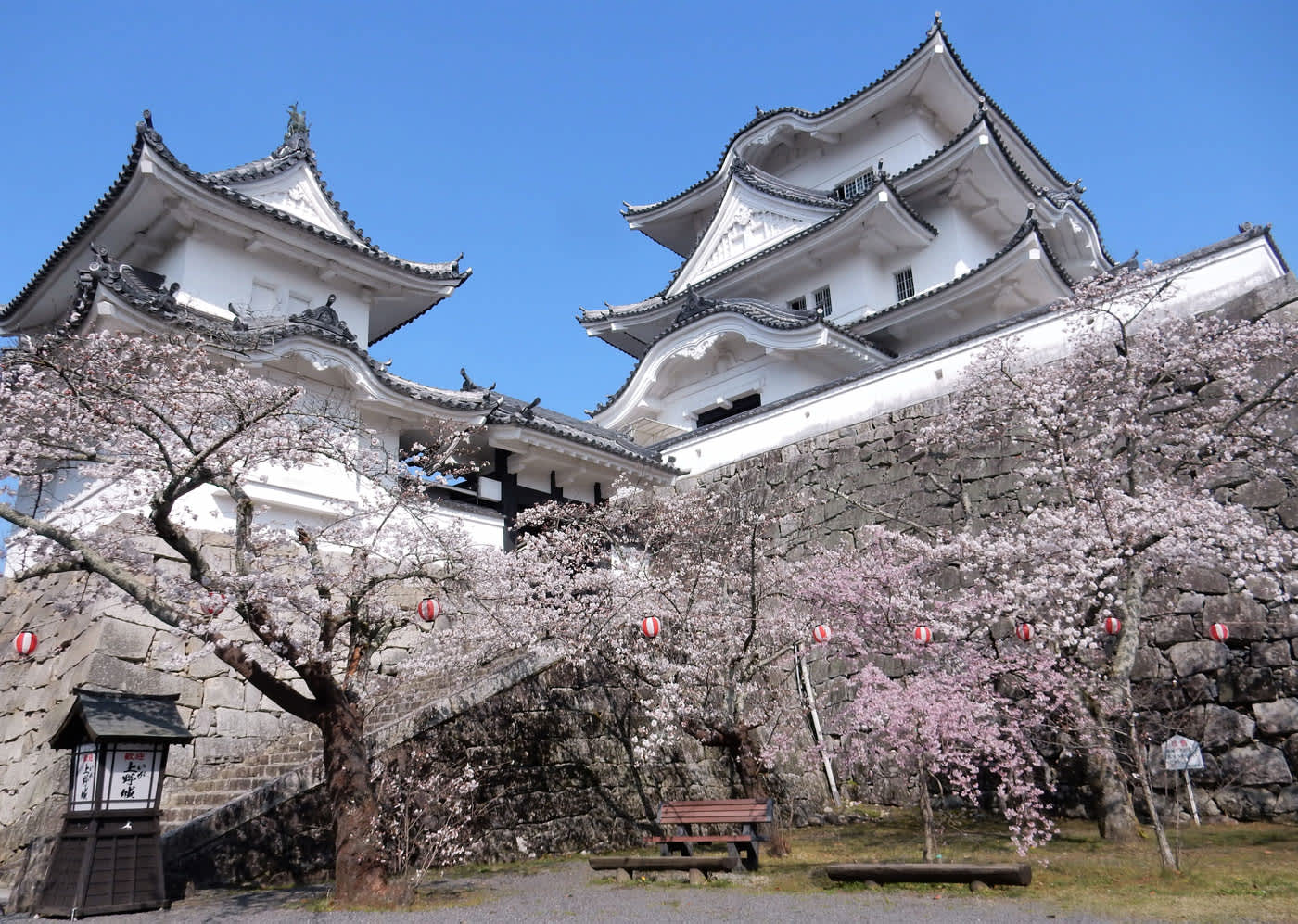
Explore the history of ninjas and their connections to local cuisine in Mie Prefecture. Learn about how their traditional foods supported their legendary skills, and the dishes and ninja food that you too can savor when visiting the region! Discover the flavors that supposedly fueled these remarkable warriors and explore the historical landscapes of their cuisine.
Who were the Igaryu Ninja of Mie Prefecture?
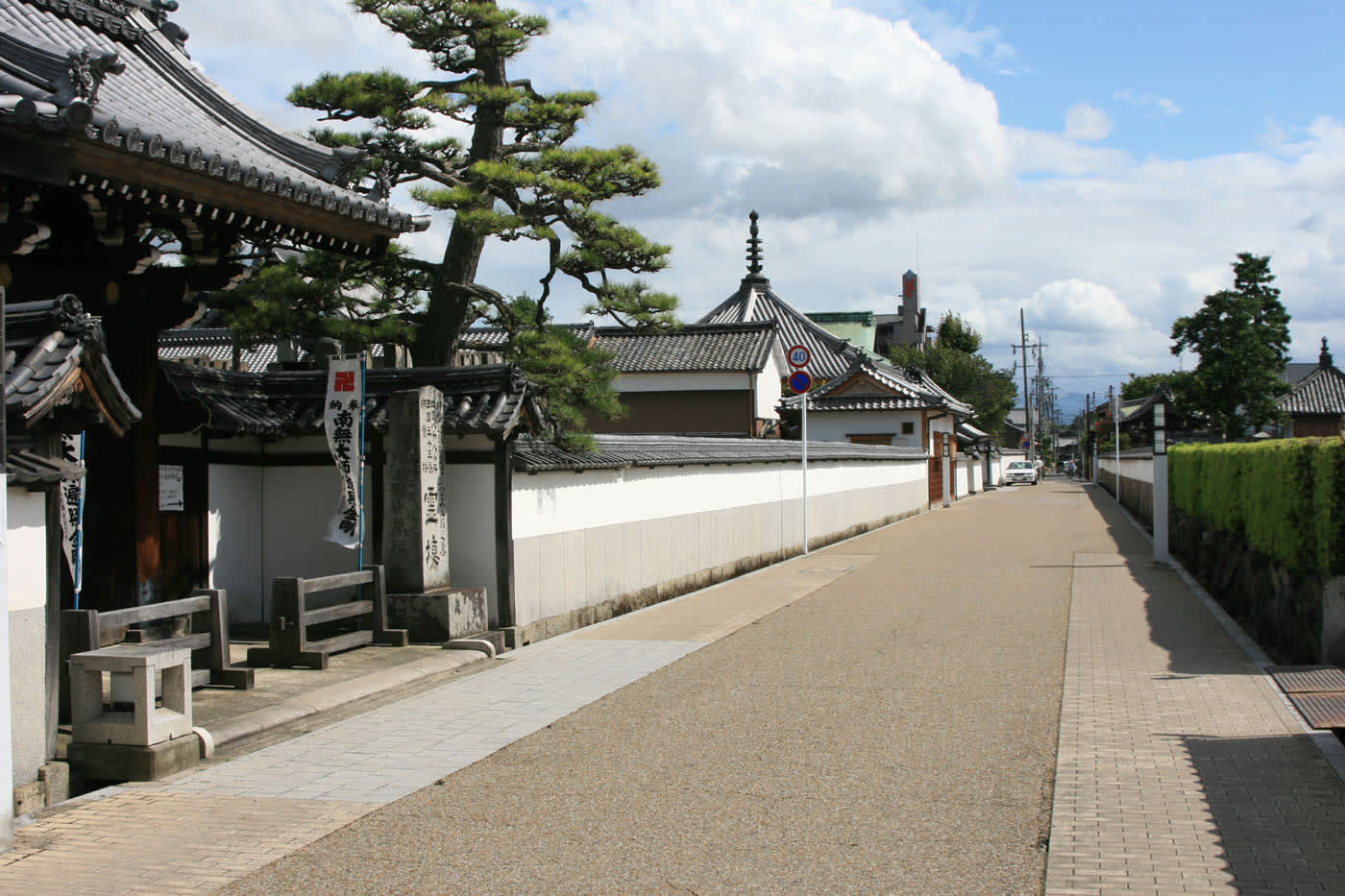
Explore Iga Ueno City, for a glimpse into the life of legendary ninjas.
The Iga-ryu ninja came from the Iga-Nabari region of Mie Prefecture, and are believed to have operated mostly during Japan's feudal age (1185-1603). Renowned for their expertise in stealth, espionage, and covert warfare, they operated during a time of political turmoil in Japan, serving feudal lords by gathering intelligence and executing secret missions.
The remote, mountainous terrain of Iga provided the ideal environment for these ninjas to develop and hone their skills in secrecy. Their training made them highly effective at infiltrating enemy territories and carrying out covert operations, utilizing skills such as eavesdropping and surveillance.
The castle town of Iga Ueno in Mie Prefecture has plenty of opportunities for visitors to learn more about the history of ninjas and participate in ninja-related experiences. With its collection of samurai residences and historical buildings, strolling through the town feels like stepping back in time.
Iga Ueno Castle is one of the town's most iconic landmarks, renowned for its towering stone walls that rise 30 meters high—among the highest in Japan. The castle's impressive three-tiered structure provides sweeping views of the entire town. As a popular filming location for Japanese TV and film studios, it’s easy to imagine ninjas infiltrating the grounds here to carry out their secret missions!
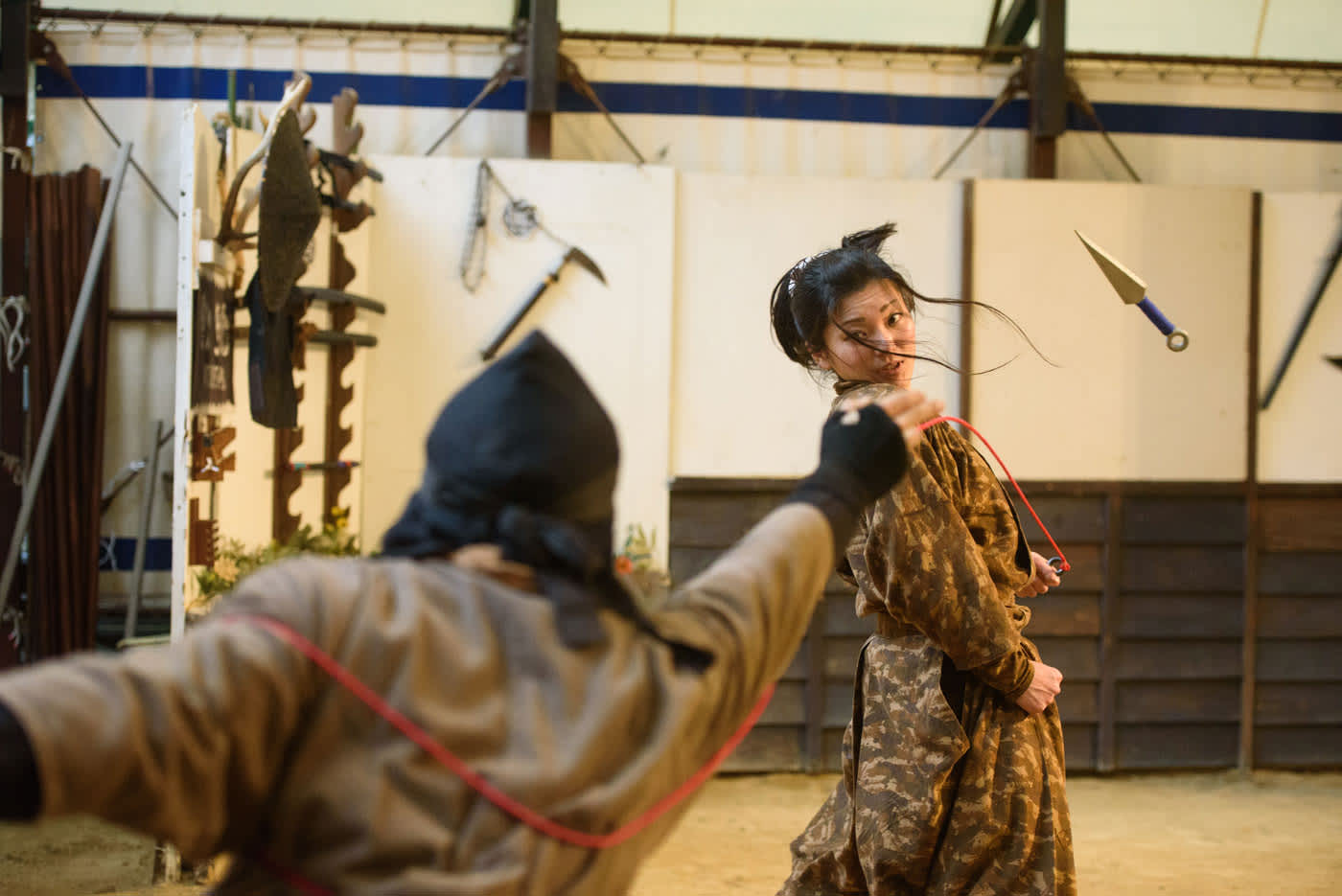
See history come alive at the Ninja Museum of Igaryu.
The Ninja Museum of Igaryu is dedicated to the history of the ninja and ninjutsu and is an enjoyable way to get a more immersive ninja experience. Although the museum’s exterior resembles a traditional farmhouse, Inside the house is decked out with all kinds of traps to stop enemy attacks and protect their technology, knowledge, and information from enemies, along with hidden escape routes and doors.
Eat Like a Ninja: Iga's Timeless Culinary Delights
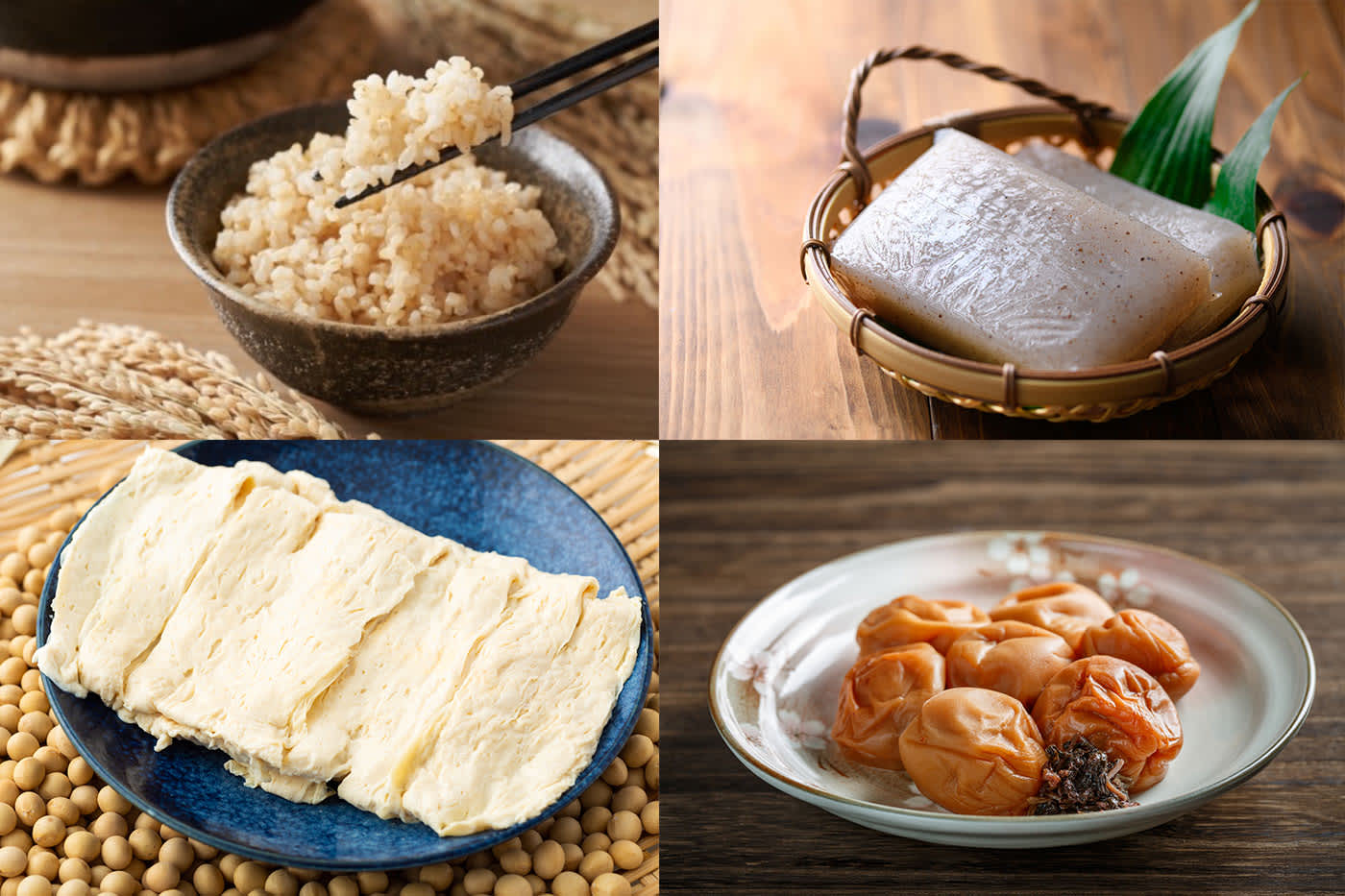
Foods traditionally eaten by ninjas include brown rice, konnyaku, yuba, and umeboshi
It is believed that ninjas were highly conscious about their diets in order to support their demanding training regimes. Although similar to a traditional Japanese diet of the time, there were a few specialties focused on low-fat, high-protein brown rice and tofu.
Brown rice was a staple food of the ninja and the Iga region has long been known as a producer of high-quality rice. If you are visiting the area, be sure to try the same rice that has nourished generations of ninjas!
Konnyaku, a processed food made from the tuber of a plant in the Araceae family was also eaten by ninjas, and remains a common ingredient found in popular Japanese hotpot dishes such as oden and sukiyaki.
Umeboshi is a traditional Japanese pickled plum, known for its intensely sour and salty flavor which was also favored by ninjas. The citric acid in umeboshi is excellent for sterilization and disinfection. It neutralizes the lipids in the blood, promoting better circulation. Additionally, its antiseptic properties made it a useful tool for the ninjas for disinfecting wounds.
Ninjas also valued tofu and other soy-based foods, including okara (soybean pulp produced during tofu or soy milk making), yuba (the delicate film that forms on the surface of heated soy milk), and kori-dofu (dried tofu that has been frozen and then dried).
When carrying out their missions, ninjas typically avoided eating strong-smelling foods like meat and leeks that could cause body odor and reveal their presence.
Portable Food to Support Challenging Missions
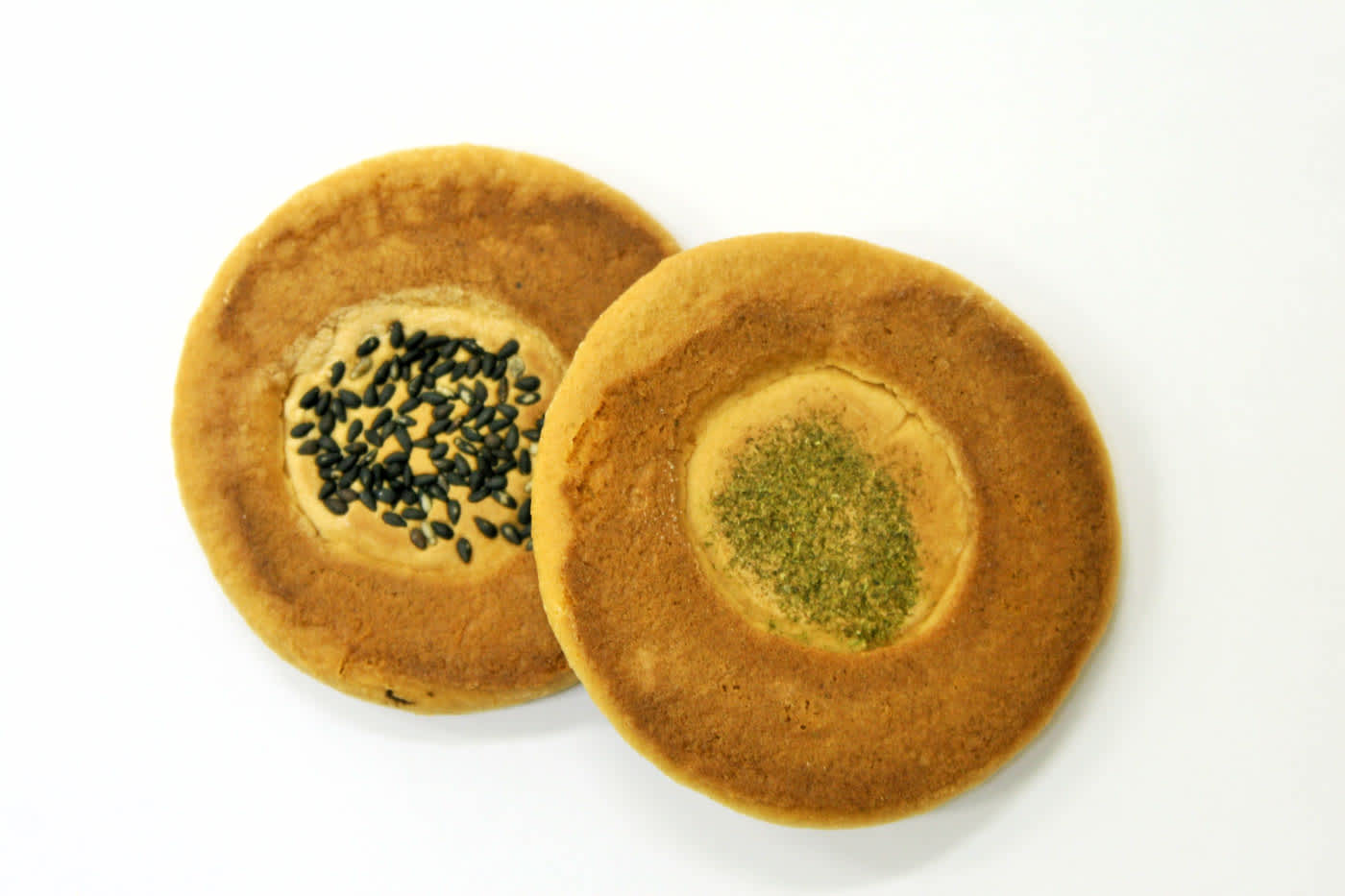
Katayaki – the hard rice crackers eaten by ninjas during secret missions.
It is also believed that ninjas relied on specialized portable foods to sustain them during demanding missions. For example, katayaki is a unique kind of senbei (Japanese rice cracker) found in Iga.
Katayaki is made from brown rice or other flour and baked, and is known for being so hard that people eating them today could break their teeth! The traditional way to eat katayaki is to break them with a wooden mallet before eating.
Other specialized ninja foods include suikatsugan, designed to temporarily relieve thirst, and kikatsugan – created to tide over hunger. Suikatsugan is made from dried plums, while kikatsugan is made from buckwheat flour and yams. These specialized foods were quite effective for short-term consumption.
A Journey into the Food of the Ninja
Mie Prefecture, rich in historical significance and ninja heritage, offers a unique opportunity to explore the culinary traditions of these legendary warriors. By following the paths once traveled by ninjas and savoring the authentic foods they consumed, we gain a deeper understanding of their lives and skills. Take a ninja-themed foodie adventure and experience the true essence of ninjas through the flavors and dishes that sustained them!
-
About the author
Author: Tanja Warwick
Profile: Tanja is a seasoned freelance travel writer and content marketer, brings rich experience collaborating with hotel brands, airlines, tour operators, and tourism boards. Her expertise was honed after studying Japanese and Journalism in London, and further enriched during four years living in Japan, where she immersed herself in its vibrant culture and history.





















































